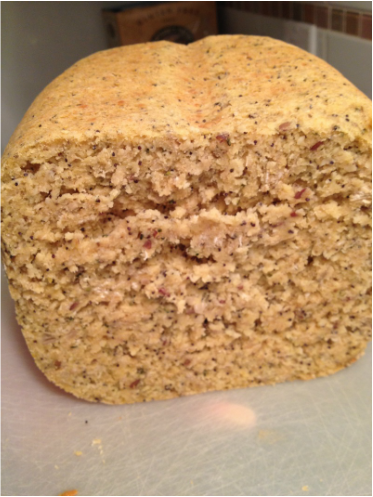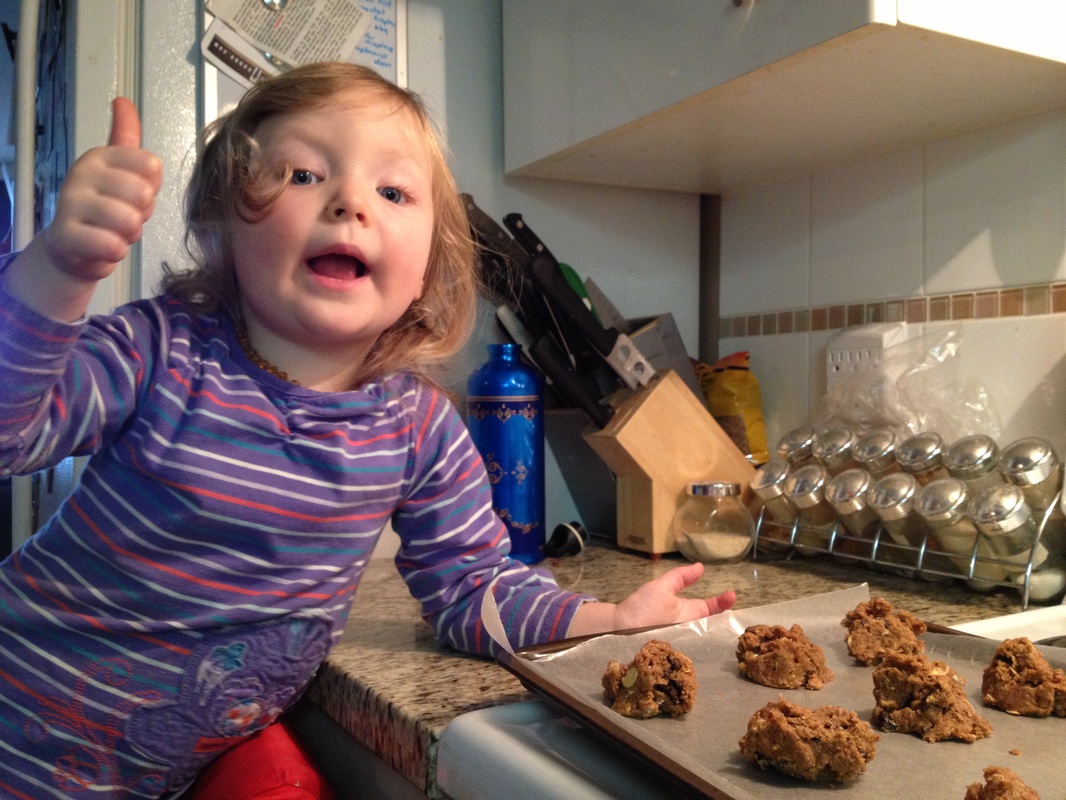
So, what exactly is the concern with carrots? There are actually a few.
Nitrates: Babies under 6 months have low stomach acidity, which means that they may convert nitrate into nitrite, and this can affect the oxygen in hemoglobin. This is called methemoglobinemia and results in rapid breathing, lethargy and a shortage of oxygen. If the dose of nitrate is extremely large, it could be fatal. After 6 months, stomach acidity increases. I don’t recommend that babies under 1 year old consume juice for multiple reasons. This is, however yet another reason to avoid juice such as carrot or spinach until the child is at least over 1 year old.
Choking hazard: Raw carrots can be very hard to chew. It is a good idea to start with cooked carrots, many people steam carrots for their babies which make them much more mash-able by gum or teeth. When introducing raw try grating them, or cutting them lengthwise to help reduce chances of choking. Hard coin cut carrots can be a choking risk. The benefit of using different forms is that you are able to introduce the same taste for you baby while having it offered in different textures. I also don’t recommend taking the peel off the carrots. Just scrub the outside and use them in various ways and textures when serving them to your baby.
Parents often ask me about eating out when feeding your baby food from the table. Carrots are often available steamed at many restaurants, and therefore can provide some options if you are eating out.
This baby really enjoyed carrots and enjoyed moving them around his mouth.
Looking for more information about how to feed your baby? Contact Jill, Nurture The Future’s Registered Dietitian at [email protected]
References:
Pg 284, Child of Mine- feeding with love and good sense by Ellyn Satter (2000).
http://www.hc-sc.gc.ca/ewh-semt/pubs/water-eau/nitrate_nitrite/index-eng.php#a52



 RSS Feed
RSS Feed

.png.aspx?width=150&height=150)
